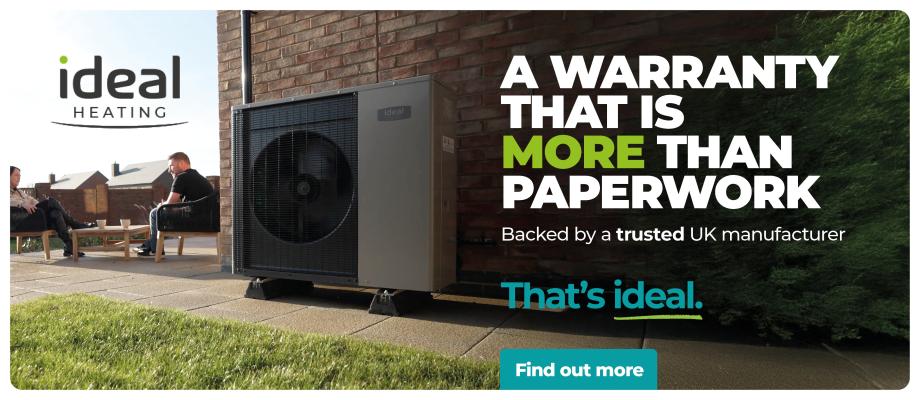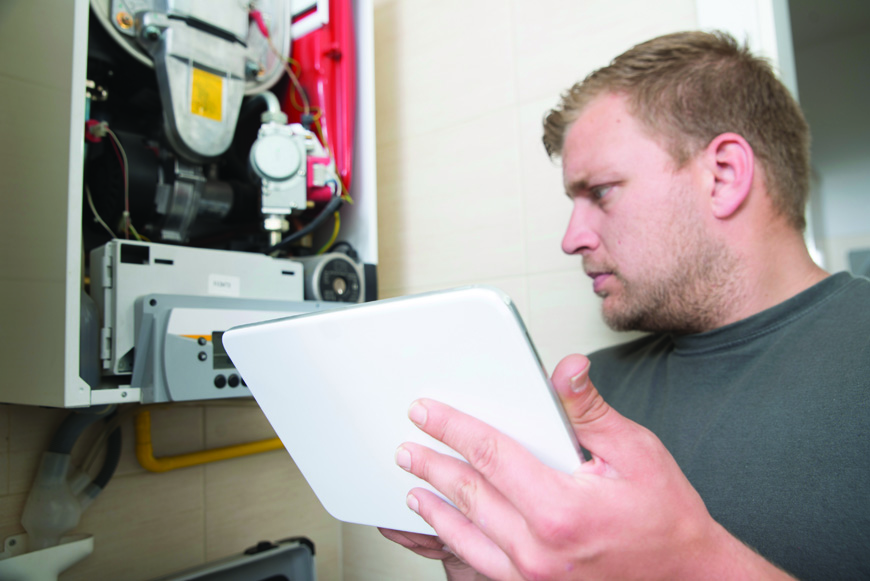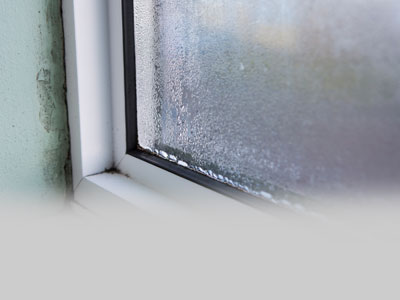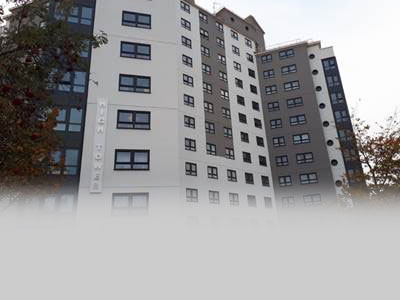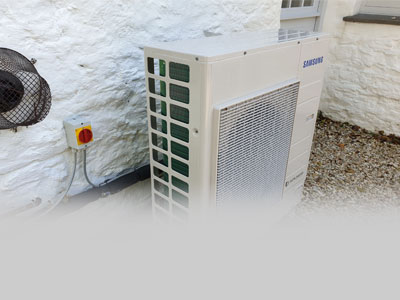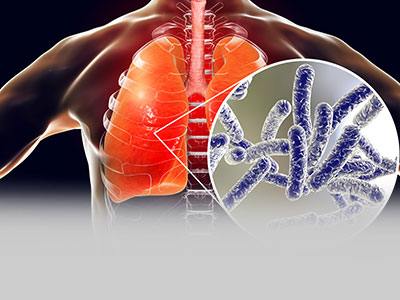Top ten tips to tackle Condensation and Mould
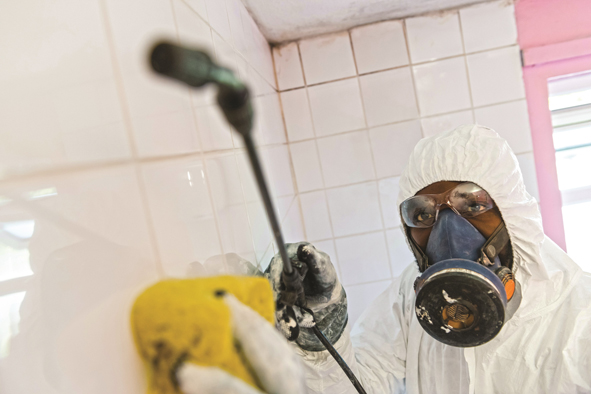
Condensation and mould presents a real issue for landlords. Under the Homes (Fitness for Human Habitation) Act 2018 it’s a legal requirement that rental properties are fit for human habitation, including having effective ventilation and being free from damp. Therefore it’s essential that landlords ensure their properties are protected. Jeremy Cleeter from condensation and mould control specialist Airtech shares his top tips for staying on top of this enduring problem.
- Read more about Top ten tips to tackle Condensation and Mould
- Log in to post comments


